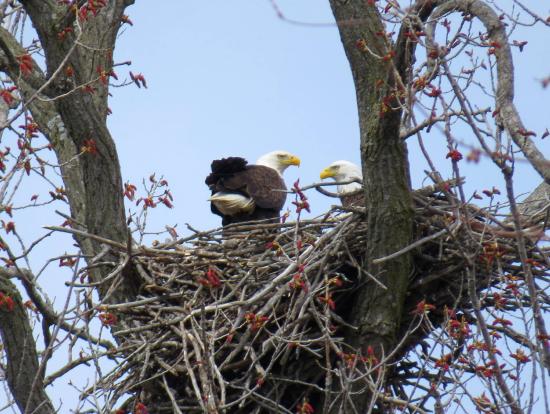6: Life History and Reproductive Strategies
( \newcommand{\kernel}{\mathrm{null}\,}\)

- Describe how life history patterns are influenced by natural selection.
- Explain how reproductive strategies are influenced by a species survivorship curve.
- List typical characteristics of r-selected and k-selected species.
- Define sexual dimorphism and its relationship to sexual selection.
- Distinguish between male-male competition and female mate choice.
- List and explain hypotheses for the benefits females receive by being choosy.
- List different types of mating systems and provide examples of organisms that exhibit each.
- 6.1: Life History Theory and Natual Selection
- Life history theory studies how natural selection shapes the diverse strategies of different organisms, especially those that are important for an organism's fitness, including their reproductive development, behaviors, and lifespan. It aims to explain the sequence of events that make up an organism's life cycle. The optimal life history strategy may be different for each species, depending on its traits, environment, and other constraints, and often results from evolutionary tradeoffs.
- 6.2: Life Histories and Natural Selection
- A species’ life history describes the series of events over its lifetime, such as how resources are allocated for growth, maintenance, and reproduction. Life history traits affect the life table of an organism. A species’ life history is genetically determined and shaped by the environment and natural selection.
- 6.3: Life History Characteristics
- Population ecologists have hypothesized that suites of characteristics may evolve in species that lead to particular adaptations to their environments. K-selected species are adapted to stable, predictable environments. These species tend to have larger, but fewer, offspring, contribute large amounts of resources to each offspring, and have long generation times. r-selected species, in contrast, are adapted to unstable and unpredictable environments. They have large numbers of small offspring. A
- 6.4: Sexual Selection and Mate Choice
- Males and females of many species differ in the physical traits and approach to mating due to sexual selection, a subset of natural selection which results in different selective pressures on males and female to secure mates. Females often can maximize reproductive success with a single partner and invest more effort in choosing mates. For males, reproductive success often increases with the number of female partners he obtains and thus, males invest more effort in "winning" female partners. Sex
- 6.5: Mating Systems
- Animal mating systems describe the way in which a group is structured in relation to sexual behavior (who mates with who), in addition to the strength and length of pair bonds. Recognized systems include monogamy, polygyny, polyandry, and promiscuity, all of which lead to different mate choice outcomes and thus these systems affect how sexual selection works in the species which practice them.

